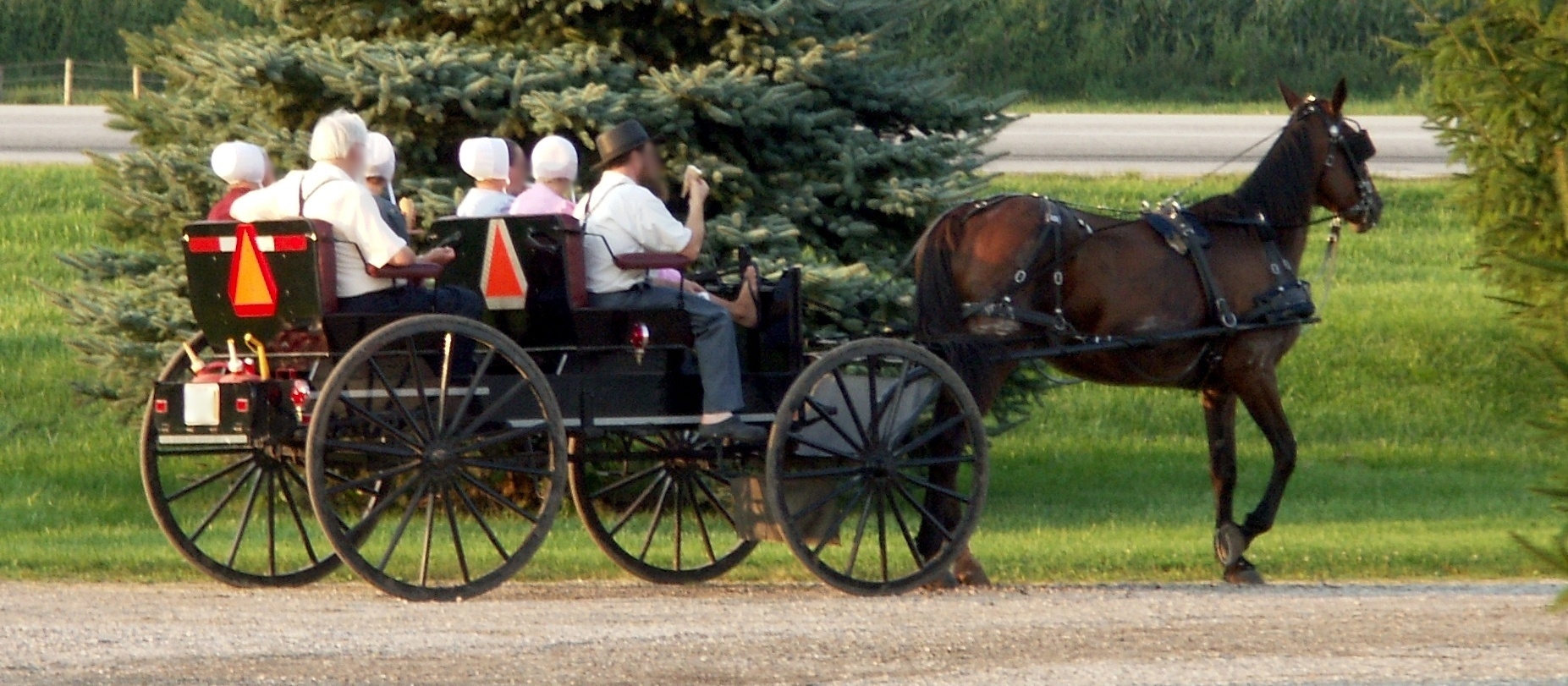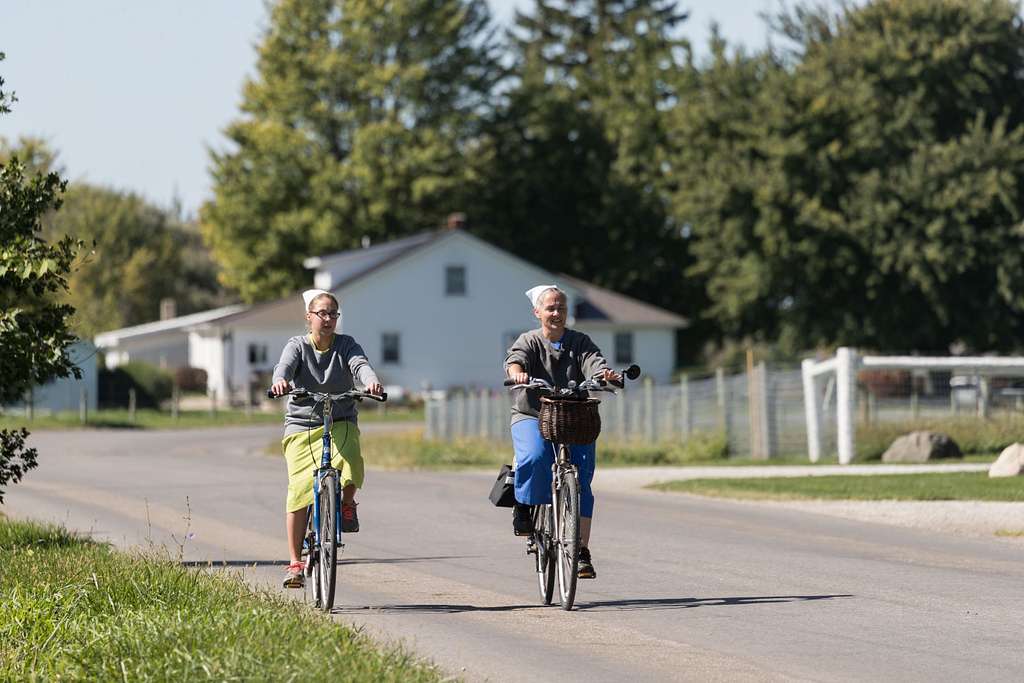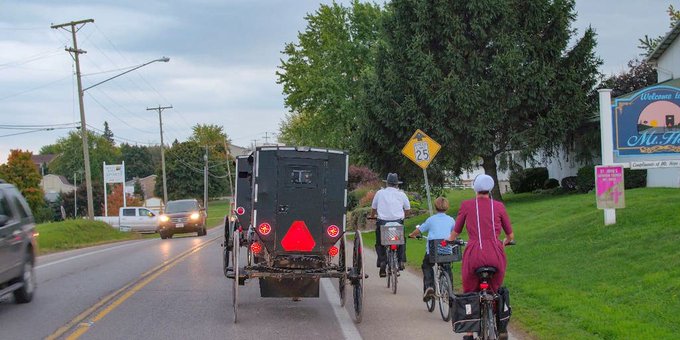There is no doubt that electric bikes are a highly convenient way to get around, especially in the city, where traffic is more often than not, in choke-mode. They’re much cheaper than electric vehicles, faster than walking, and less physically arduous than riding a regular bike. And they don’t produce planet-warming pollution like cars do. What’s more, as anyone who has ridden a bus in New York city will tell you, the bike is faster than any other form of surface public transportation.
But there is also a serious downside to the e-bike. There have been at least 140 fires tied to e-bikes in New York City in 2022, with 140 injured and six people killed in the blazes. Lithium-ion batteries used to power electric bicycles and scooters have already sparked 22 fires that caused 36 injuries and two deaths in New York City this year. Many people store and charge e-bike batteries in their apartment, which “present serious fire safety hazards,” officials said. The situation has become so alarming that the New York City Fire Department published an emergency safety bulletin to help prevent the deadly blazes from e-bikes. Lawmakers are working on new safety and certification standards, education campaigns on how to prevent fires, and restrictions on the use and sale of used or reassembled batteries.

But just as we have become more wary of the e-bikes in urban areas, they seem to have caught on in a most surprising place: Amish communities.
The mistaken belief is that Amish communities reject any type of technology that isn’t several centuries old, but this is a misconception. In reality, there is no central Amish governing authority, and each individual community is allowed to make its own decisions about what type of technology it makes use of. The official tourism site for Lancaster, Pennsylvania — home of numerous Amish communities — explains this nuance best.
“When a new technology comes along, its effect on the church and community is examined,” the tourism site states. “The technology should not be an intrusion into the home, but rather serve the social purposes and goals of the group. With that in mind, the Amish often re-purpose the technology, in a sense, to align with their community beliefs.”
In the case of e-bikes, several churches have now decided that the benefits outweigh the costs. Today, many Amish commute to their jobs on e-bikes.

“It’s a lot quicker to jump on your bike and go into town than it is to bring your horse into the barn, harness it to the buggy, and go,” David Mullett, a member of the Old Order Amish Church and owner of an e-bike shop in Ohio, told the blog This E-Bike Life.
Generally speaking, Amish communities are most likely to avoid a new technology if they believe that it will make them too reliant on the outside world. This has also led some of them to make use of electricity derived from solar panels, which they can own and maintain. The e-bikes, as well, can often be charged by small solar panels. . Electric bike charging stations using battery banks and solar panels are popping up in local Amish communities.
One Yahoo user explained what may only appear to be a contradiction: the Amish are not the Luddites that people think, it’s not the technology that they wish to avoid. “Their problem with electricity is being connected to the ‘grid’ and not a refusal to use electricity. They use solar, generators, and batteries to store it. Then they use inverters to change it back for use in lights etc. “They just still don’t trust the ‘English’ folks.”
And being in a mostly rural setting, the e-bike in Amish country does not carry the risk of fire as it does in a crowded urban setting where the ion battery may be confined to a tight space.












